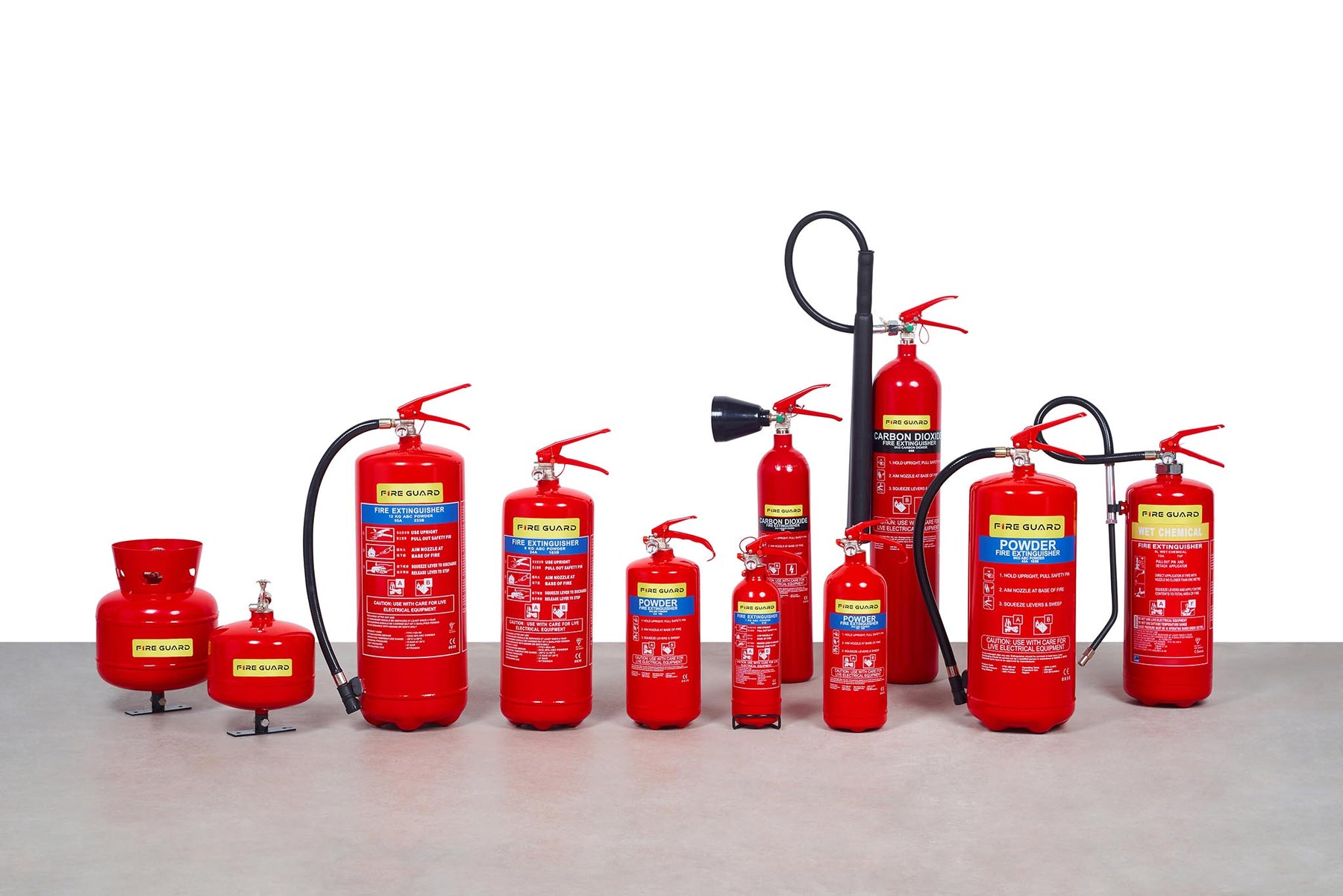How to Maintain and Inspect Your Fire Extinguisher for Optimal Performance

Fire extinguishers are essential safety devices that require proper maintenance and inspection to ensure they are ready for use in the event of a fire emergency. Regular maintenance and inspections can help identify any issues early and ensure that your extinguisher performs optimally when needed. In this guide, we’ll outline the steps for maintaining and inspecting your fire extinguisher to maximize its performance and reliability.
Importance of Maintenance and Inspection
Regular maintenance and inspection of fire extinguishers are crucial for several reasons:
- Reliability: Proper maintenance ensures that your extinguisher will function as intended when needed, providing effective fire suppression.
- Compliance: Regular inspections help ensure compliance with fire safety regulations and standards, which may be required by law in many jurisdictions.
- Safety: Well-maintained extinguishers reduce the risk of malfunctions or failures during an emergency, enhancing the safety of occupants and property.
Maintenance and Inspection Checklist
Follow these steps to properly maintain and inspect your fire extinguisher:
1. Visual Inspection
- Examine the Extinguisher: Inspect the extinguisher for any signs of damage, corrosion, or leakage. Check the pressure gauge to ensure it is within the recommended range.
- Check the Pin and Seals: Ensure that the safety pin is intact and the tamper seal is unbroken. Broken or missing seals may indicate tampering or improper handling.
- Inspect the Hose or Nozzle: Verify that the hose or nozzle is free from obstructions and damage. Ensure that it is securely attached to the extinguisher.
2. Functional Testing
- Test the Operating Mechanism: Pull the safety pin and squeeze the handle to test the operating mechanism. Ensure that the handle moves freely and the discharge nozzle functions properly.
- Perform a Discharge Test: Conduct a brief discharge test in a safe outdoor area to ensure that the extinguishing agent is expelled correctly. Monitor the discharge for any signs of blockage or irregularities.
3. Pressure Check
- Check the Pressure Gauge: Verify that the pressure gauge indicates the proper pressure level as specified by the manufacturer. Low pressure may indicate a leak or loss of extinguishing agent.
- Inspect the Pressure Relief Valve: Ensure that the pressure relief valve is not blocked or obstructed. The valve helps prevent over-pressurization of the extinguisher.
4. Maintenance Schedule
- Follow Manufacturer Recommendations: Adhere to the manufacturer’s recommended maintenance schedule for your specific type of extinguisher. This may include periodic inspections, servicing, and refills by trained professionals.
- Document Inspections: Keep detailed records of inspections, maintenance activities, and any issues identified. Maintain a logbook or digital record to track the history of each extinguisher.
Conclusion
Regular maintenance and inspection are essential for ensuring that your fire extinguishers are prepared to respond effectively to fire emergencies. By following the steps outlined in this guide and adhering to manufacturer recommendations, you can maximize the performance and reliability of your extinguishers. Remember to conduct visual inspections, functional tests, pressure checks, and adhere to a regular maintenance schedule. Prioritize safety and compliance to protect yourself, your property, and others from the threat of fire. With proper maintenance and inspection, you can have peace of mind knowing that your fire extinguishers are ready to safeguard your space when needed most. Stay proactive and stay safe!
